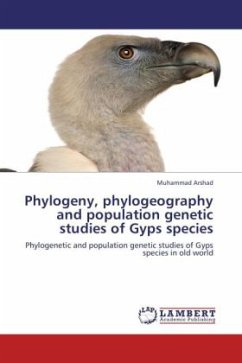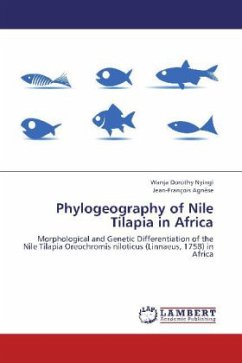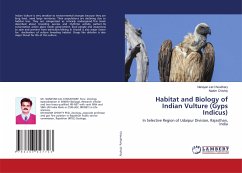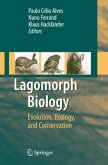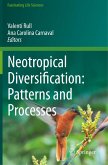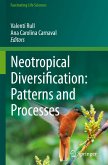Vultures can be regarded as a natural resource, like air and water which provide society with a number of services most probably the disposal of carrion, especially livestock carcasses. These services have an impact on human health, economic activity and on environmental quality. In 1980s, vultures were so abundant around human settlements and Gyps bengalensis was regarded as possibly the most abundant large bird of prey in the world. Populations of three Gyps species (G. bengalensis, G. indicus and G. tenuirostris) have dramatically declined within the past 10 years and have recently been listed as critically endangered by the World Conservation Union. Despite a long history of inquiry into the biology as well as phylogenetic studies of the Gyps vultures, only little is known about the genetic studies of this genus. In the present study, samples from four Gyps species (Gyps indicus, G. africanus, G. bengalensis and G. fulvus) were analyzed using microsatellites in order to determine the genetic structure and diversity among Gyps species populations.

